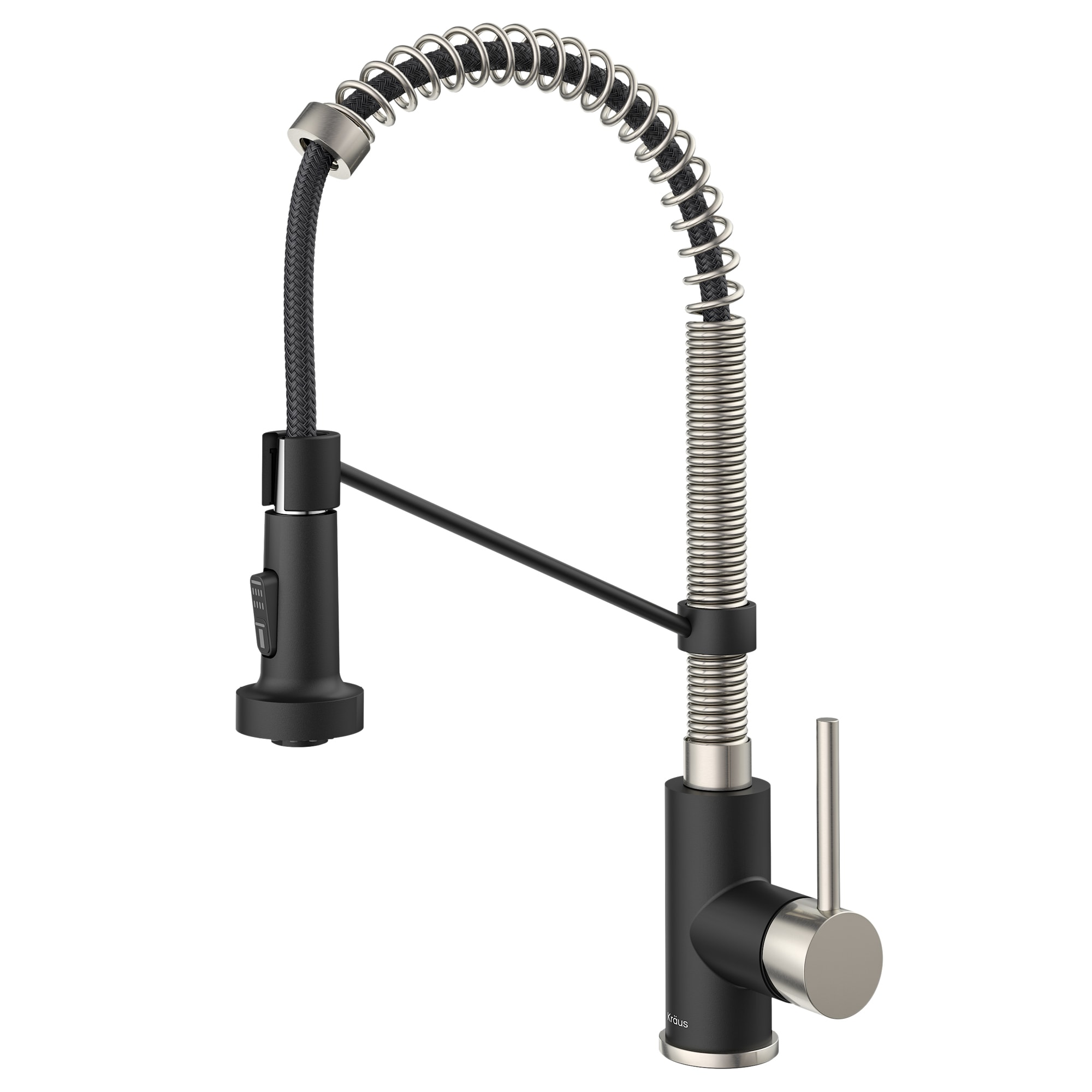How to clean stainless steel faucets? Stainless steel faucets are a popular choice in kitchens and bathrooms due to their durability, sleek appearance, and resistance to stains and corrosion. However, like any other fixtures, stainless steel faucets require regular cleaning and maintenance to keep them looking their best. Over time, they can accumulate fingerprints, water spots, and grime, which may affect their shine and finish. In this article, we will explore the step-by-step process of cleaning stainless steel faucets, including simple cleaning solutions, gentle scrubbing techniques, and preventive measures.
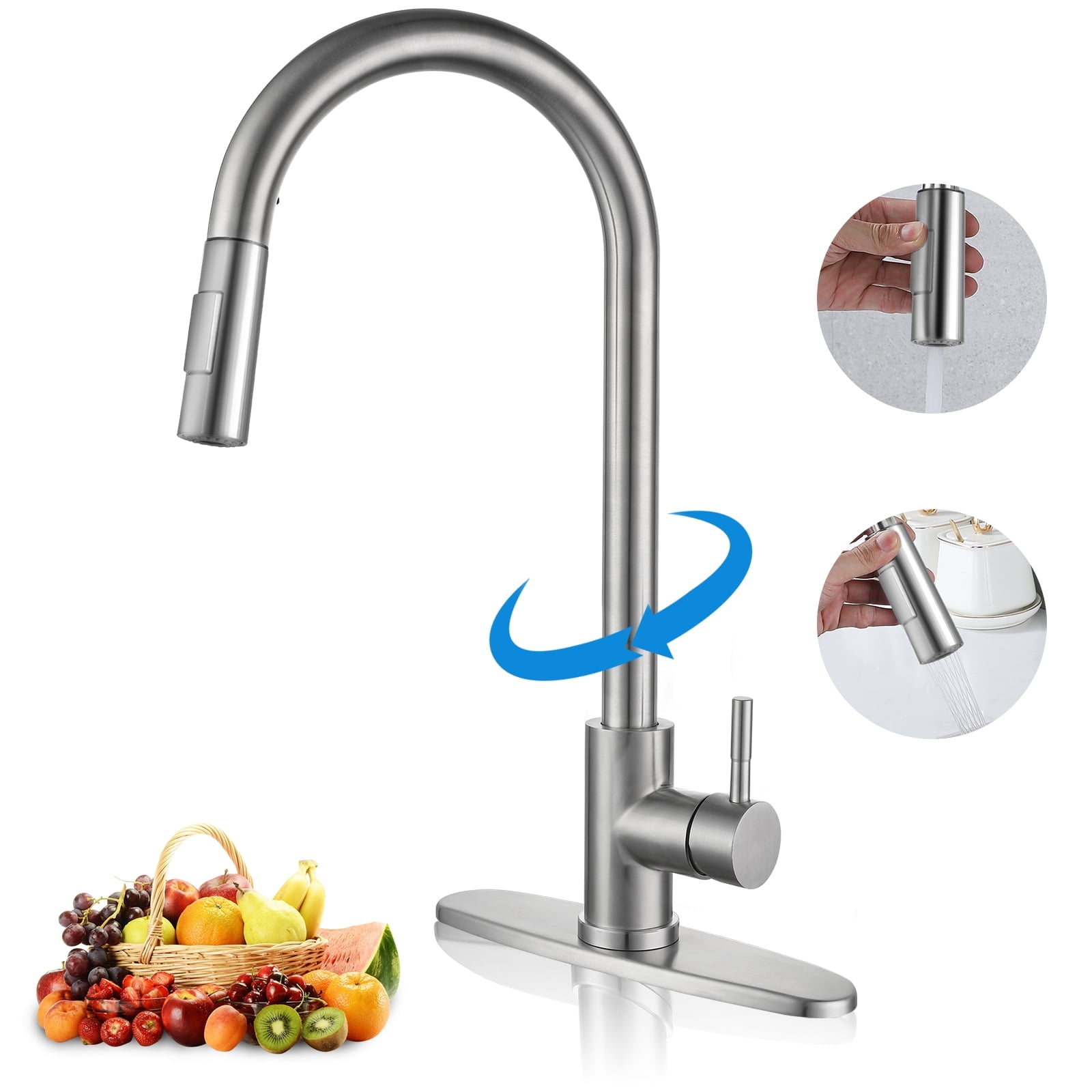
Gather Cleaning Supplies:
Before getting started, collect the following supplies for cleaning your stainless steel faucets:
- Warm water
- Mild dish soap
- Baking soda
- White vinegar
- Toothbrush or soft-bristled brush
- Microfiber cloth or soft sponge
- Paper towels or lint-free cloth
Prepare a Cleaning Solution:
To create a gentle cleaning solution for your stainless shower faucets, follow these steps:
- Fill a bowl or container with warm water.
- Add a few drops of mild dish soap to the warm water.
- Stir the mixture to create a soapy solution.
Remove Loose Debris:
Begin by removing any loose debris or dirt from the faucet:
- Rinse the faucet with warm water to remove loose particles.
- Use a soft sponge or cloth to wipe away any visible dirt or grime.
- Pay attention to areas around the base of the faucet and the handle, as these areas tend to collect more dirt.
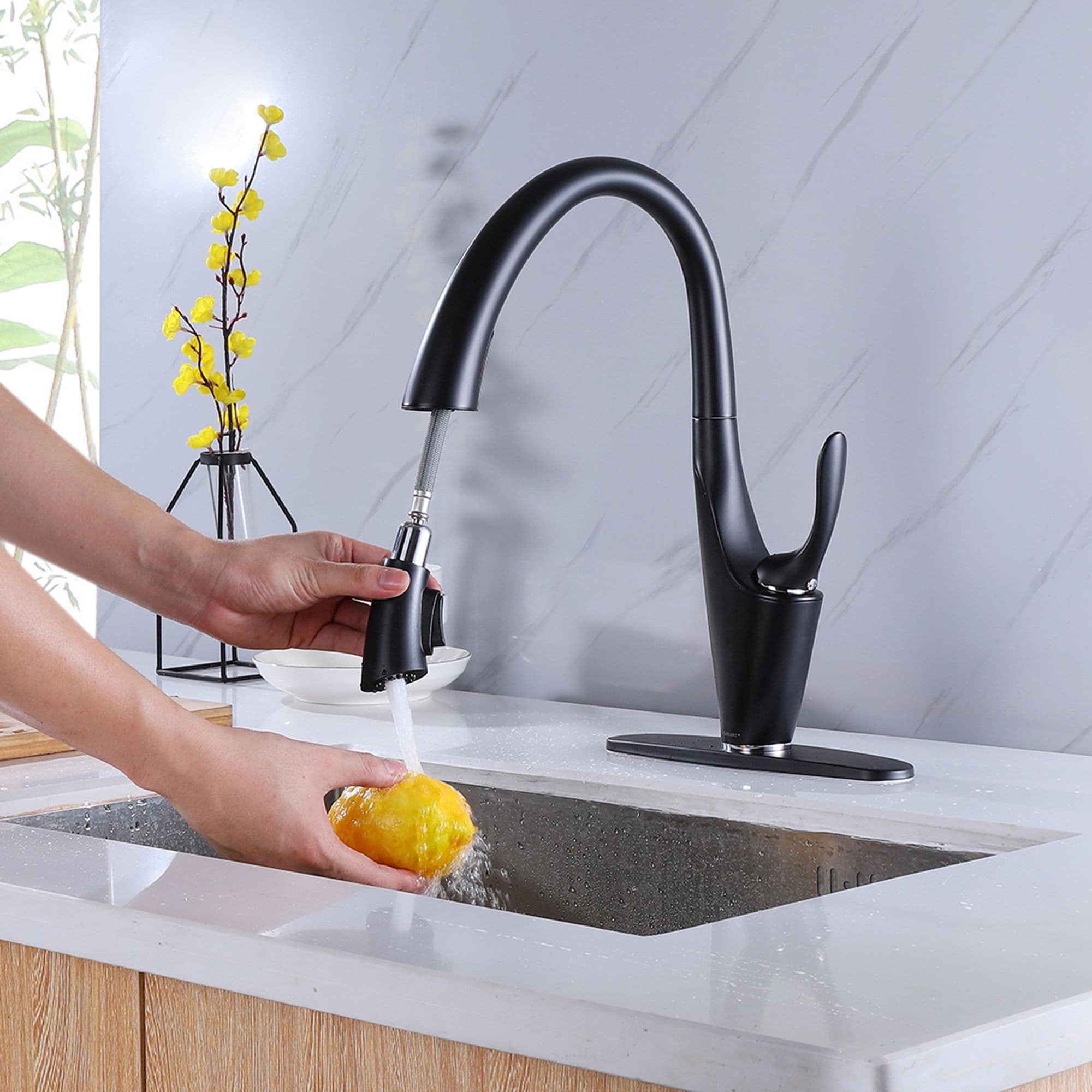
Clean the Faucet Surface:
Proceed to clean the stainless steel faucet using the mild cleaning solution:
- Dip a soft sponge or cloth into the soapy water mixture.
- Gently scrub the entire surface of the faucet, including the spout, handles, and base.
- For tougher stains, sprinkle baking soda onto a damp sponge or cloth and scrub the affected areas. Baking soda acts as a mild abrasive and helps remove stains without scratching the stainless steel finish.
Remove Water Spots:
To eliminate water spots and mineral deposits from your stainless steel faucet, follow these steps:
- Soak a cloth in white vinegar or undiluted lemon juice.
- Place the soaked cloth over the areas with water spots.
- Let the cloth sit for a few minutes to allow the acidity of the vinegar or lemon juice to dissolve the spots.
- Gently scrub the spots using a toothbrush or soft-bristled brush.
- Rinse the faucet with warm water and wipe dry with a clean cloth.
Dry and Polish the Faucet:
To prevent water spots and maintain the shine of your stainless steel faucet, it’s important to dry and polish it:
- Use a microfiber cloth or a soft sponge to thoroughly dry the faucet, including all the nooks and crevices.
- Wipe in the direction of the stainless steel grain to avoid streaks.
- For added shine, lightly polish the faucet with a lint-free cloth or a paper towel.
Preventive Maintenance:
To keep your stainless steel faucet in excellent condition, consider these preventive measures:
- Wipe the faucet regularly with a clean, damp cloth to remove fingerprints, water spots, and soap residue.
- Avoid using abrasive cleaners, harsh chemicals, or rough materials that can scratch or damage the stainless steel surface.
- Use a water softener if you live in an area with hard water to minimize mineral build-up on the faucet.
- Dry the faucet after each use, especially if you have hard water, to prevent water spots and mineral deposits from forming.
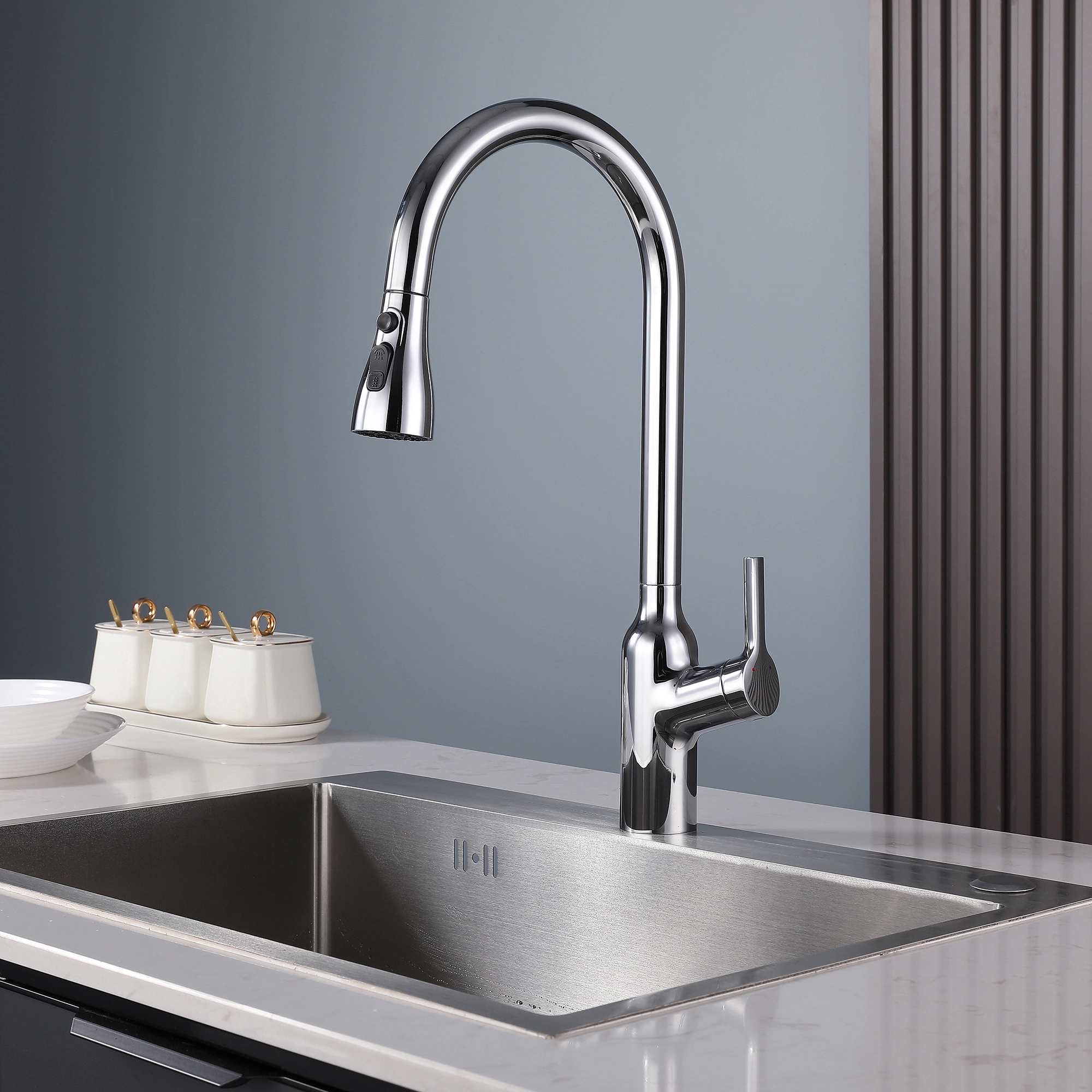
Advantages of stainless steel faucets
Stainless steel faucets have become a popular choice for homes and commercial settings due to their many advantages. As a material, stainless steel offers numerous benefits, including durability, resistance to corrosion and stains, ease of maintenance, and a sleek and modern appearance.
Durability:
One of the key advantages of stainless bronze faucets is their exceptional durability. Stainless steel is a robust material that can withstand daily wear and tear, making it ideal for high-traffic areas such as kitchens and bathrooms. It is highly resistant to scratches, dents, and impact, ensuring longevity and maintaining its appearance over time. Stainless steel faucets can handle heavy use without compromising their structural integrity, making them a reliable choice for long-term use.
Corrosion and Stain Resistance:
Stainless steel is known for its excellent resistance to corrosion and stains. This makes stainless steel faucets highly suitable for environments where moisture and water exposure are prevalent, such as kitchens and bathrooms. The chromium content within stainless steel forms a protective layer on the surface, preventing corrosion and rusting. Additionally, stainless steel is less prone to discoloration or staining from common substances like water spots, soap residues, and household chemicals. This resistance to corrosion and stains ensures that stainless steel faucets maintain their attractive appearance even with frequent use.
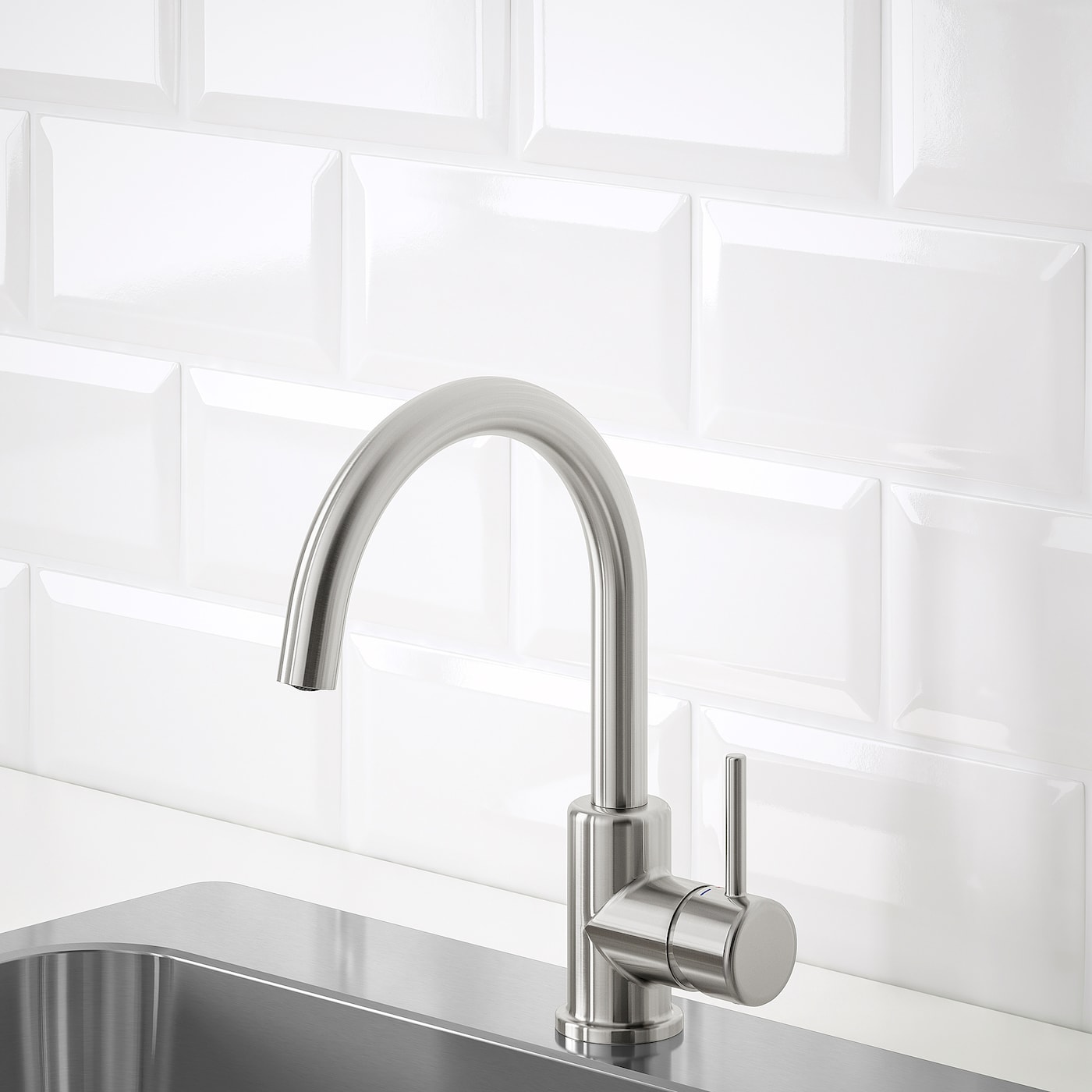
Easy Maintenance:
Stainless steel faucets are exceptionally easy to maintain, which is another significant advantage. Regular cleaning with mild soap and water is typically sufficient to keep the faucets looking clean and pristine. Stainless steel’s smooth and non-porous surface makes it resistant to bacterial growth and easy to wipe clean. Unlike other materials, stainless steel does not require specific cleaning agents or extensive maintenance routines. It is also resistant to heat and can withstand thermal shock, making it a convenient choice for busy households or commercial settings where quick and easy cleaning is essential.
Hygiene and Safety:
Stainless steel is a hygienic material that meets stringent safety standards. Its non-porous surface does not allow bacteria or germs to penetrate, making it an excellent choice for areas where cleanliness is crucial, such as kitchens and bathrooms. Stainless steel is also resistant to mold and mildew, further contributing to a clean and safe environment. Additionally, stainless kitchen faucets do not leach harmful chemicals or toxins into the water supply, ensuring the safety and purity of the water used in the home or workplace.
Aesthetic Appeal:
Stainless steel faucets offer a sleek and modern appearance that complements various kitchen and bathroom styles. They have a versatile design that works well with both contemporary and traditional aesthetics, making them a popular choice for interior designers and homeowners alike. Stainless steel’s clean lines and reflective surface add a touch of sophistication and elegance to any space. The availability of different finishes, such as brushed or polished, further allows customization to match existing décor and personal preferences.
Conclusion:
Regular cleaning and maintenance are essential for preserving the appearance and longevity of your stainless steel faucets. By following the step-by-step instructions and incorporating preventive measures, you can easily keep your faucets looking sparkling clean. Remember to use mild cleaning solutions, gentle scrubbing techniques, and non-abrasive materials to avoid scratching or damaging the stainless steel finish. With proper care and attention, your stainless steel faucets will continue to shine and enhance the overall aesthetic of your kitchen or bathroom.
